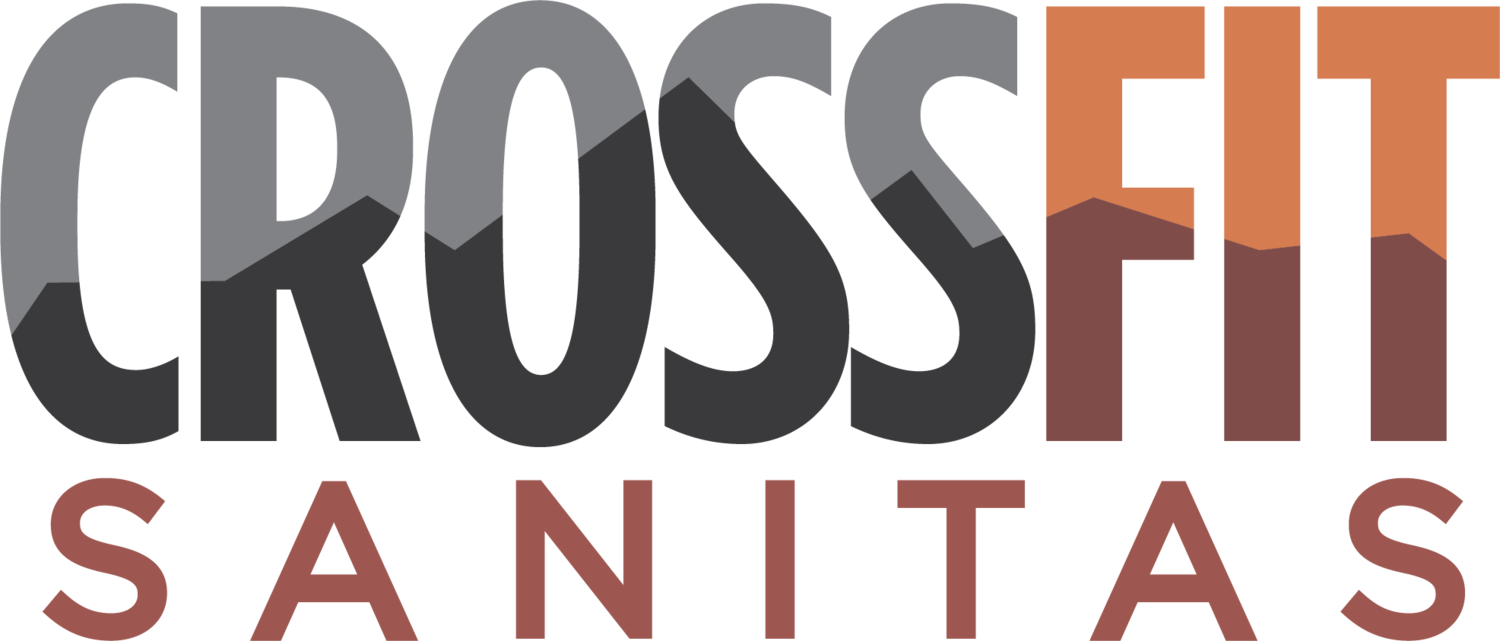How to Set Goals That You’ll Actually Achieve
Exercise is crucial if you want to lead a healthy life, and most people are aware of this. And although we have had lockdowns across the county, people are still exercising. Researchers from the University of Potsdam confirmed this when they found that lockdown restrictions didn’t actually decrease how frequently, typically active people were exercising. Around 44% of people maintained their exercise levels, while nearly 32% increased theirs.
Though there is a large number of people who exercise regularly, many might find it hard to start. Why is that? One culprit is goal-setting. Fitness goals are crucial to every person's health journey, however, it's easy to set lofty goals for yourself and these often dissuade you because they feel so far from reach. In line with that, here are five tips to help you set your fitness goals AND achieve them.
Set Realistic Expectations
First, you need to be in tune with yourself. Know your strengths, limits, and current capabilities. That way, you can set realistic expectations for your exercise journey. Knowing what you're capable of before you start exercising prevents you from feeling discouraged when you struggle during the process. Moreover, it gives you a clear idea of where you stand concerning your primary goal. That clarity is vital to your progress.
Set Mini-Goals to Your Main Goal
Let's say you have a primary goal, like living healthier or getting fit. You need to pinpoint the stepping stones to these goals by identifying mini-goals. So, for example, you need to define what "fit" means. Maybe it means being able to do 100 push-ups in one go. In that case, you need to work your way up. Aim for 10 full push-ups first. Then move on to 20, 30, 40, and so on. Remember: It's okay to set the bar low at first, because it makes your goals more attainable. And attainable is good because the more successful you are, the more likely you are to keep going. Plus, this also boosts your self-confidence.
Track Your Progress
Apart from being great motivation, knowing your achievements and milestones gives you or your trainer a good idea of what to do next. If 100 push-ups are already too easy for you, it's time to make things more difficult with variations like one-handed push-ups. The best way to track your progress is to record your regular exercises, the state of your body, and other relevant data. The National Institutes of Health provide tracking tools precisely for this, from weekly physical activity plans to goal-setting worksheets. Yes, logging all this information seems like a lot of extra work, but this data is vital to your exercise plans. Knowing where you stand now makes it easier to decide on where to go next.
Exercise Consistently - This is the Key to Success
Last but not least, stick to your exercise plans. When you feel frustrated from the fatigue, it's easy to throw in the towel and skip a session, but don't let it happen. Hold yourself accountable, because at the end of the day you're doing this for your health and happiness. That’s what makes CrossFit so great - you have a community of coaches and other members that look forward to seeing you every day and they’ll help hold you accountable. With their help and a little initiative on your end, you're sure to stick to your exercise plans.
If you're looking for a place to attain every single one of your fitness goals, why not try CrossFit Sanitas? At Sanitas, we work with people of all backgrounds and ages, so you can get the help you need to stay active. Plus, exercising is more fun when you have the support of an entire community behind you!
Article contributed by Raine Johnson

